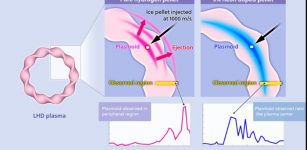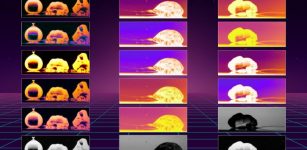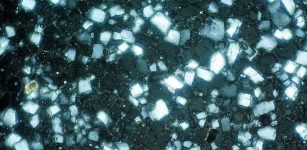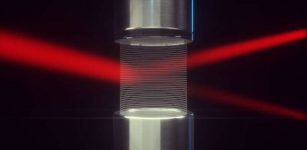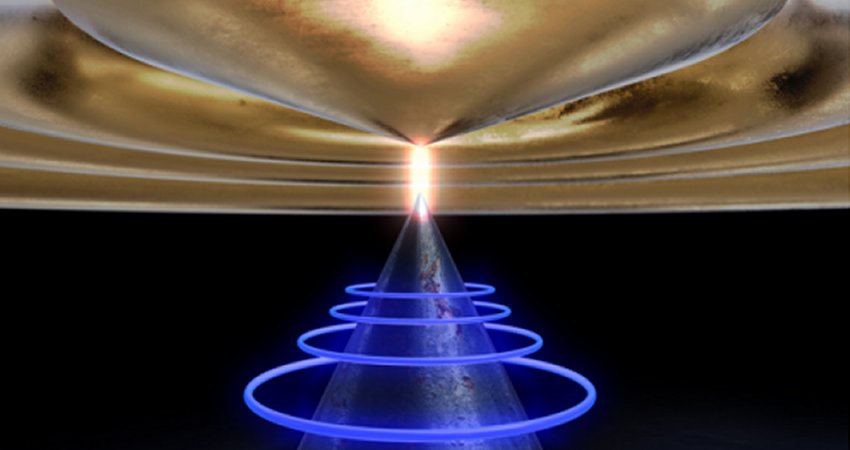A New Class Of Magnetism That Could Transform Digital Devices – Discovered
Eddie Gonzales Jr. – MessageToEagle.com – A new study has imaged a class of magnetism called altermagnetism for the first time. This could lead to magnetic memory devices with operation speeds up to a thousand times faster.
Image source
Altermagnetism is a distinct form of magnetic order where the tiny constituent magnetic building blocks align antiparallel to their neighbours but the structure hosting each one is rotated compared to its neighbours.
Scientists from the University of Nottingham’s School of Physics and Astonomy have shown that this new third class of magnetism exists and can be controlled in microscopic devices.
Altermagnets consist of magnetic moments that point antiparallel to their neighbours. However, each part of the crystal hosting these tiny moments is rotated with respect to its neighbours. This is like antiferromagnetism with a twist! But this subtle difference has huge ramificationsm said Professor Peter Wadley, School of Physics and Astronomy.
Magnetic materials are used in the majority of long term computer memory and the latest generation of microelectronic devices. This is not only a massive and vital industry but also a significant source of global carbon emissions.
Replacing the key components with altermagnetic materials would lead to huge increases in speed and efficiency while having the potential to massively reduce our dependency on rare and toxic heavy elements needed for conventional ferromagnetic technology.
Altermagnets combine the favourable properties of ferromagnets and antiferromagnets into a single material. They have the potential to lead to a thousand fold increase in speed of microelectronic components and digital memory while being more robust and energy efficient.
Our experimental work has provided a bridge between theoretical concepts and real-life realisation, which hopefully illuminates a path to developing altermagnetic materials for practical applications, according to Oliver Amin, Senior Research Fellow, School of Physics and Astronomy.
The new experimental study was carried out at the MAX IV international facility in Sweden. The facility, which looks like a giant metal doughnut, is an electron accelerator, called a synchrotron, that produces x-rays.
X-rays are shone onto the magnetic material and the electrons given off from the surface are detected using a special microscope. This allows an image to be produced of the magnetism in the material with resolution of small features down to the nanoscale.
‘To be amongst the first to see the effect and properties of this promising new class of magnetic materials during my PhD has been an immensely rewarding and challenging privilege,’ commented PhD student, Alfred Dal Din, has been exploring altermagnets for the last two years.
Written by Eddie Gonzales Jr. – MessageToEagle.com Staff Writer


